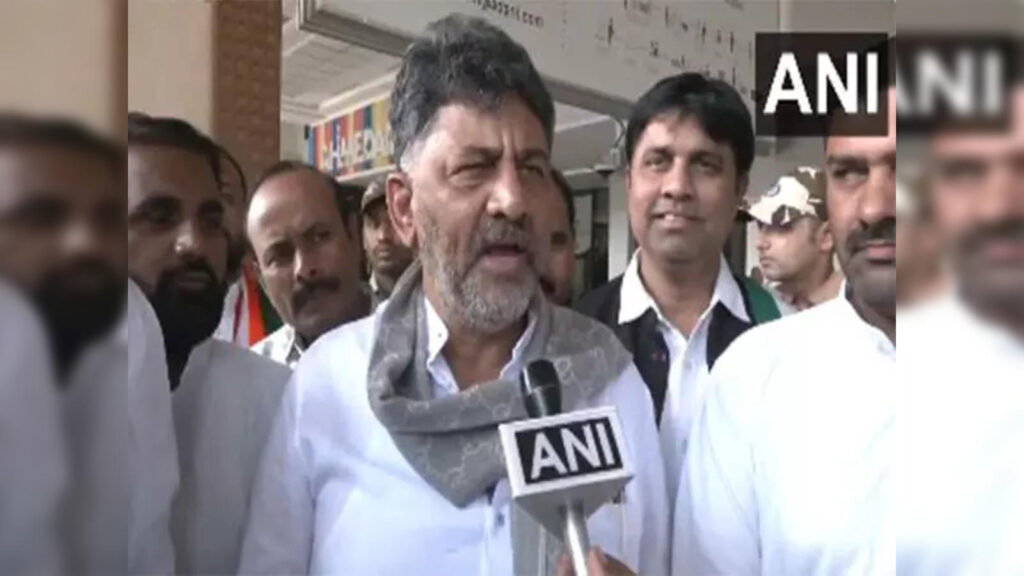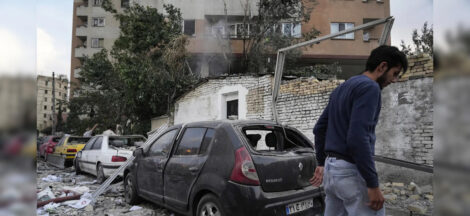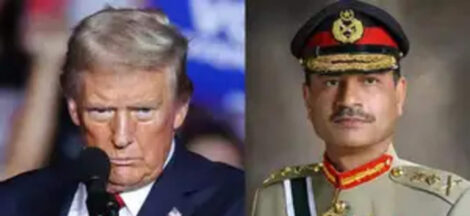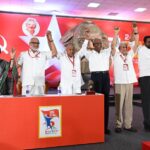By Dr. Gyan Pathak
In the two-day AICC session in Ahmedabad, the Congress has moved forward. The resolution finally adopted on April 9, 2025, shows that the party has made up it mind to adopt a modulated strategy which includes both the confrontational path against “inflicted grave injustice” upon the people by the BJP government and building a “future of hope, aspiration, and positivity” through the path of justice (Nyay-Path).
To implement this modulated strategy, the Congress, however, will need a stronger organizational set up. The leadership of the Congress has also indicated that the organization would be revamped in near future.
Two sets of voices were heard during the session – one was to continue the current strategy of constant confrontation with the BJP-RSS, and the other was to move forward with positivity, hope and inclusivity. The Congress President Mallikarjun Kharge and Leader of Opposition in the Lok Sabha Rahul Gandhi gave their fiery speeches and intensified their attacks, while the leaders like Shahi Tharoor advocated to move ahead from this approach and send people a message of hope and inclusivity now as against infliction of despair and divisive politics of the BJP. The final resolution has clearly included both which amounts to a little modulation in the current Congress strategy.
Nevertheless, only time will tell, how the congress leaders reconcile with each other’s opinion and how they move forward with the modulated strategy to take on BJP led government, that according to the resolution “has inflicted grave injustice upon the people via high inflation, unemployment, huge economic disparity, hateful polarisation and state sponsored cruelty”.
The resolution is titled “Nyay-Path” to which Congress has committed itself with a subtitle “Resolve-Dedicate-Struggle”. The session was organised on the occasion of the Centenary Year of Mahatma Gandhi’s election as the President of the Indian National Congress and the 150th birth anniversary of Sardar Vallabhbhai Patel.
Incidentally, BJP has recently celebrated its formation day on April 6. It was formed in 1980 on the basis of “Panch Nishtha” (five commitments), one of which mentions Mahatma Gandhi, and was included in the BJP’s constitution, in a bid to hijack the legacy of Mahatma Gandhi, though BJP-RSS do not conform to the “secular democratic principles” of Mahatma Gandhi. Even since PM Narendra Modi has come to power, BJP has also hijacked the legacy of Sardar Vallabh Bahi Patel by criticising Congress.
The Congress resolution now tries to regain the legacy of Mahatma Gandhi and Sardar Vallabh Bhai Patel. While explaining why Nyay-Path, the resolution says that Sardar Patel had once declared, “When the people stand united, even the most oppressive regime cannot withstand them.”
The very soul of our democracy – the Constitution of India – is under direct assault by those in power, driven solely by their desire to retain power at any cost, the resolution read. The Nation calls out for “NYAY” in the face of the gross injustices effectuated by the ruling party.
The Congress resolution has reaffirmed that the party is “Undeterred by the prevailing environment of hatred, negativity, and despair, the Indian National Congress is committed to build a future of hope, aspiration, and positivity by walking the path of NYAY (justice) and Sangharsh (Struggle)”.
BJP has long been capitalizing on its own brand of nationalism, which is actually Hindu nationalism. As against the BJP brand of nationalism, the Congress resolution clarifies what constitute nationalism for the Congress. “Of course, territorial integrity of India depicts our nationhood, but ‘Nationalism’, in its true sense, signifies the social, political and economic justice as also empowerment of India’s people. Nationalism denotes protection of rights and equity of progress for the marginalised, the oppressed, and the underprivileged. It ties the entire nation in the spirit of fraternity and brotherhood. Nationalism is rooted in India’s pluralistic and liberal ethos, in our conduct, our beliefs, and our way of life.”
The idea of Nationalism for Congress is one that binds people together. On the other hand, the pseudo-nationalism of the BJP-RSS seeks to divide the society and our people. The BJP-RSS model of nationalism aims to erase India’s diversity. The nationalism espoused by the Congress is deeply embedded in our shared heritage, while that of the BJP-RSS is marred by vitriol and prejudice, the resolution says.
Ironically, the very organizations that stoutly opposed the ‘Freedom Movement’, especially the Quit India Movement now claim the contractual rights to issue fake certificates of nationalism, the resolution adds. Their goal is not our unifying nationalism, but a Machiavellian quest for exploitative power. In order to grab and retain power by any means, they seek to divide the nation along the lines of religion, caste, region, language, attire, and food habits. Their hollow brand of nationalism is symbolised by -“Spread Hatred, Seize Power” and “Raid, Invade & Extort Donations”.
The resolution mentioned Dr B R Ambedkar, and how on December 17, 2024, the Union Home Minister made insulting remarks against Baba Saheb Ambedkar and his followers in the Rajya Sabha, and said that the ruling regime’s systematic and conspiratorial attack on India’s Constitutional Institutions is relentless.
It says that central investigating agencies have been weaponised against dissenting people which included their political opponents, writers, thinkers, journalists, artists, film makers, NGO’s and civil society members.
The federal structure of India is also under direct attack. The tactics include financially weakening the States by curtailing their GST revenue share as also by the proposed plan of ‘One Nation, One Election’ for centralisation of the federal structure, the resolution read. Onslaught now extends to the country’s education system by the unilateral imposition of the ‘National Education Policy’, which has become an instrument for ‘academic subjugation’ and ‘commercialisation of education’.
The resolution has made a continuing pledge for social justice, and also committed itself for justice and welfare of India’s workforce.
The resolution also talks about national harmony, and says that at the Jaipur Session of the Indian National Congress on December 18, 1948, Sardar Vallabhbhai Patel had affirmed, “The Congress and the Government are committed to ensuring that India becomes a truly secular state.”
However, in stark contrast, the BJP Government and its affiliates are determined to fracture this core national spirit for ‘political gain’ & ‘lust for power’. They seek to divide, partition and bifurcate -to foster divisions on the ground of religion by pitching Hindu v/s Muslim, to create language divides, to fabricate artificial discord between North India v/s South India or to create caste-based rifts and divisions. The ruling regime actively abets religious confrontation and attacks on minorities, particularly Muslims and Christians. The stark truth is that the targeting of Muslims and Christians is making large sections of them live in fear today, which is not only demeaning but a crime against the Constitution. The amendment to the law on Waqf Board, the targeting of Church land, manufactured demonstration outside religious places is all part of this polarising strategy.
The resolution also bats for women’s empowerment and farmers welfare. It says India’s economy is now sinking compared to the growth rate of 8 per cent during Congress led UPA government under premiership of Dr Manmohan Singh, and also economic inequality and injustice is rising. It is recipe for disaster. The gravely flawed economic policies have broken the back of the common man, and foreign policy has failed.
Organisation would be strengthened in 2025 itself, since the year has been declared as a year of organisational empowerment in the special CWC meeting convened in Belagavi in December 2024. Congress has taken “a pledge to justice” through Nyay Path and also a “Path of Struggle”.
Nevertheless, the million dollar question is – can the Congress devise an action plan to effectively implement the “fire for fire” confrontational path and simultaneously move ahead to strengthen itself as the resolution says by building a “future of hope, aspiration, and positivity”? (IPA Service)



 24th Party Congress Of CPI(M) Has Taken Isolation And Defeat Of BJP-RSS As Main Task
24th Party Congress Of CPI(M) Has Taken Isolation And Defeat Of BJP-RSS As Main Task 